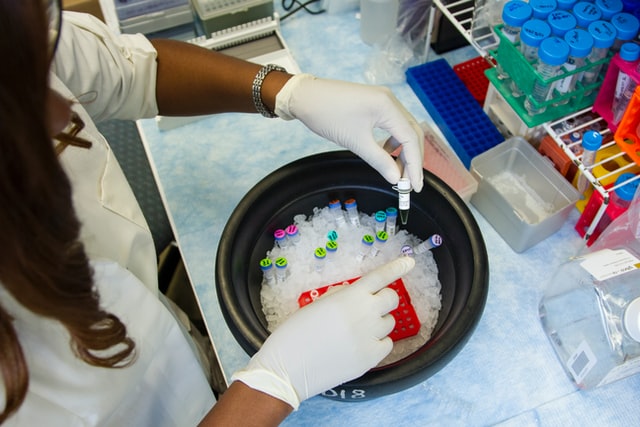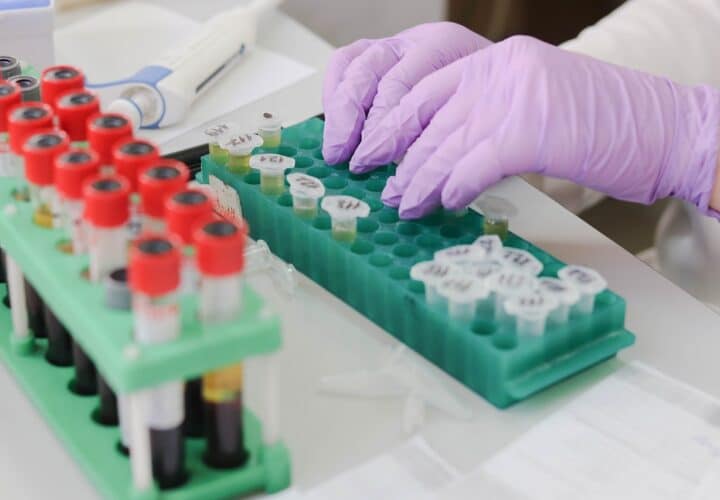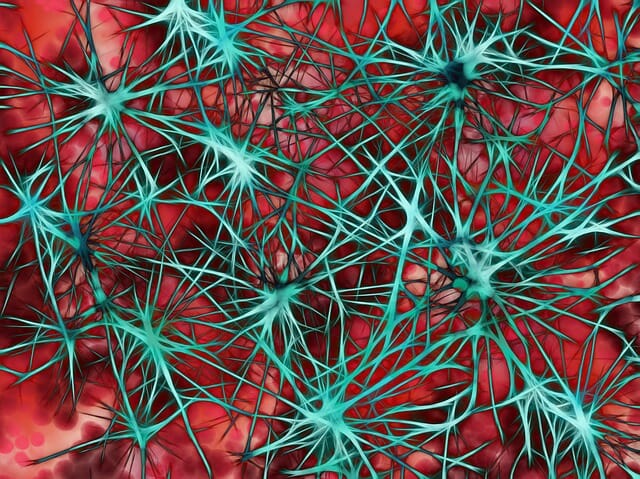Alzheimer’s clinical trials may take decades, but a new discovery could cut clinical trial time down to a matter of weeks.
For nearly a century, scientists have been studying Alzheimer’s — a disease that kills hundreds of thousands of people per year but that still has no cure. Currently drugmakers and scientists test preventative Alzheimer’s drug treatments by identifying participants who are at higher risk of developing the disease, and then observing whether the treatment in question prevents the disease’s onset. One in ten people develop Alzheimer’s after age 65, and one in three after age 85. Thus, this observation may take years or even decades — which is part of why progress has moved at a snail’s pace.
An added challenge is that trial participants must have symptoms of Alzheimer’s to be eligible — but the sheer appearance of symptoms indicates that many brain cells have already died, so by the time symptoms have appeared and candidates join trials, it is generally too late for any treatment to have a significant effect on their symptoms.
In a breakthrough, a research team team at Queen Mary University of London has developed a new system to efficiently screen potential Alzheimer’s treatments that may be able to greatly expedite the path to a cure.
For this study, published Thursday evening Eastern Daylight Time in the Nature group journal Molecular Psychiatry, the research group consisted of a cohort of people living with Down Syndrome, who have as much as a 70 percent higher likelihood of developing Alzheimer’s during their lifetime. They carry an extra chromosome 21, which contains a gene that increases Alzheimer’s risk. Researchers collected hair cells from the participants and reprogrammed the hair cells to become stem cells. Then, in a petri dish environment, they grew those stem cells into brain cells.
In these brain-like cells, the researchers observed a rapidly developing pathology that resembled Alzheimer’s, down to the hallmark trio of Alzheimer’s indicators: amyloid plaque-like lesions, progressive neuron death and accumulations of tau protein tangled up inside neurons.
With access to this test environment, the team then experimented with two drugs known to inhibit beta-amyloid production, applying them to the new brain cells. In six weeks, they found the drugs successfully prevented the onset of Alzheimer’s-pathology.
A Way to Speed Up Testing for Alzheimer’s Drugs?
Although the two drugs the Queen Mary University of London researchers experimented with have failed clinical trials for other reasons and therefore aren’t suitable treatments for Alzheimer’s in the end, they were able to demonstrate proof of concept: This system of obtaining and developing cells and creating Alzheimer’s-prone, brain-like cells as a test environment could be used as a an Alzheimer’s drug testing platform for other preventative drugs in the future.
The hope is that, by creating a lab-controlled cellular environment that replicates the human brain as it develops Alzheimer’s, the time it takes to test potential treatments could be diminished greatly, and the path to a cure could be significantly shortened. The researchers saw results within six weeks. If that expedited timeline to determine the effectiveness of a drug could save years of research, it could save millions of lives — not to mention the suffering on the part of people living with Alzheimer’s and their loved ones.
“This work represents a remarkable achievement, as this is the first cell-based system that has the full trio of Alzheimer’s pathologies, without any artificial gene over-expression,” said Queen Mary University of London Professor Dean Nizetic, lead author on the study. “This system opens up the prospect for screening for new drugs aimed at delaying or even preventing Alzheimer’s before neuronal death starts.
“Although it’s still early days, the system raises a theoretical possibility for further development as a tool to predict who might develop Alzheimer’s. The same stem cell process could be used on anyone’s hair follicles, the resulting brain cells of which may or may not then develop Alzheimer’s-pathology in the dish. The idea would be to catch the people at higher risk of early disease in a cell-based system, before it starts in a person’s brain and allow for the possibilities of individualized preventive interventions.”
However, he said, they are still a long way from reaching this goal, though study co-author Professor John Hardy added that the potential development of a new, human model of the disease “would be a great step forward.”





